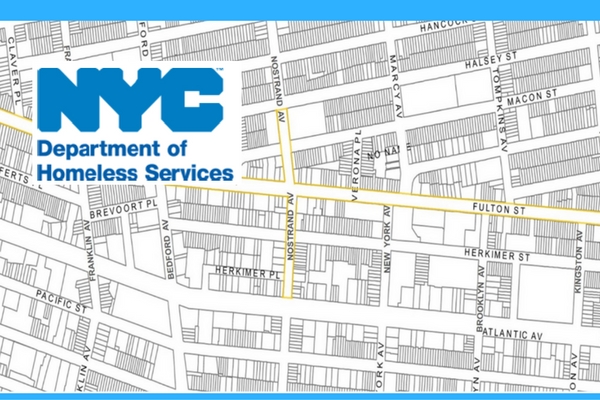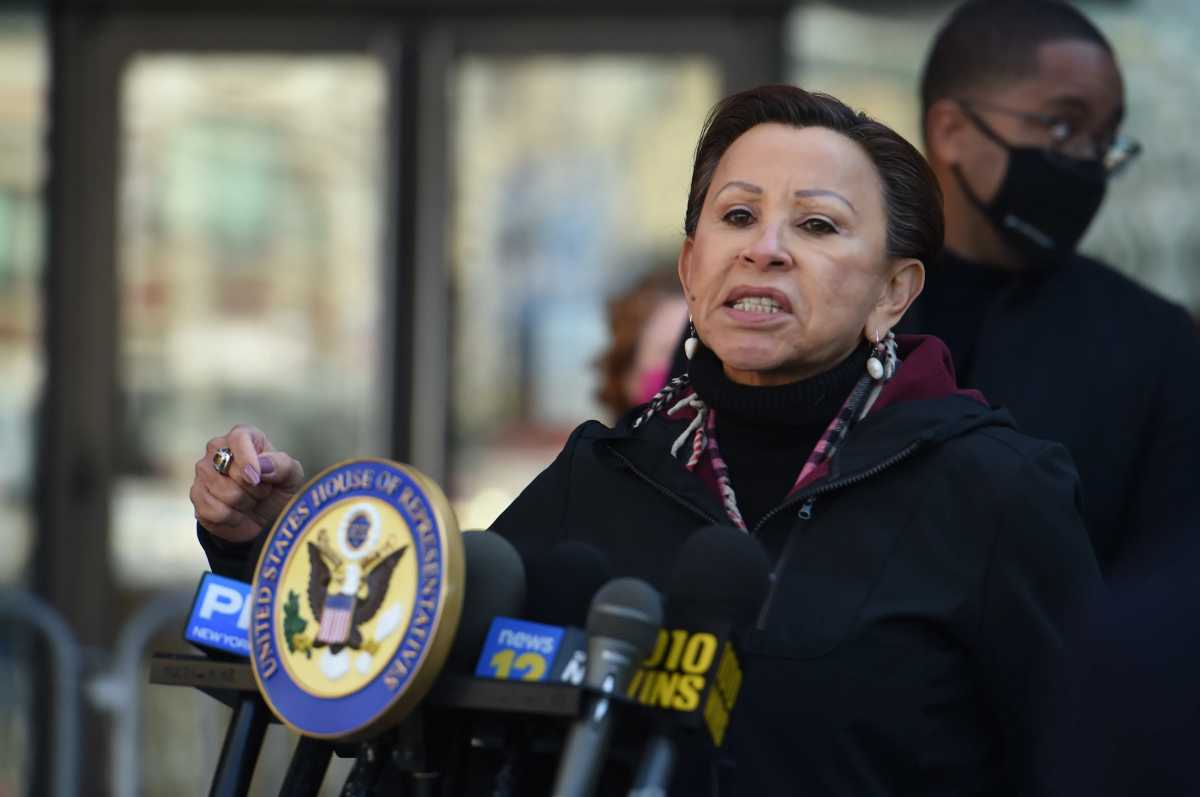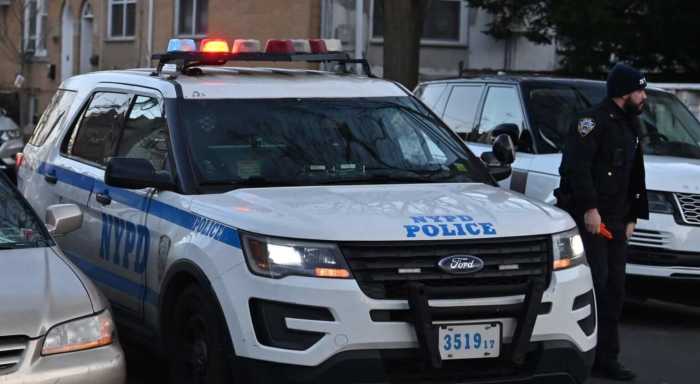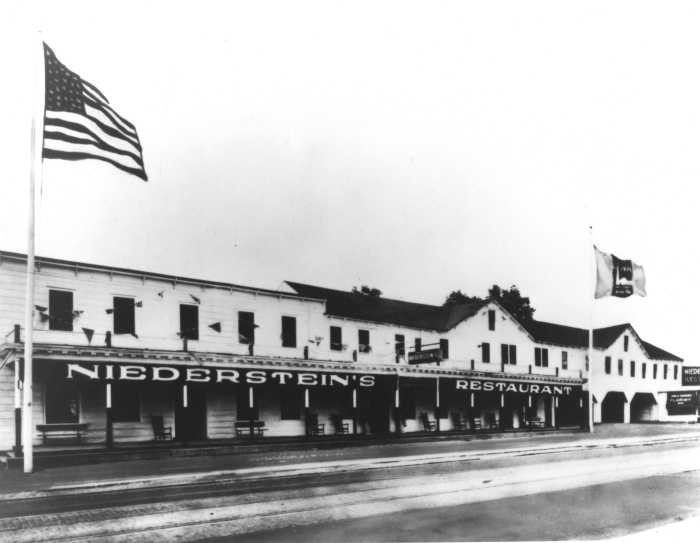The city is exploring putting a homeless drop-in center near the heart of Bedford-Stuyvesant’s bustling commercial corridor along Fulton Street much to the chagrin of the local elected officials, community board and the business community.
Under the proposal, the non-profit organization Breaking Ground would run the homeless transitional residence and drop-in center at 1217 Bedford Avenue and Halsey Street. If approved, the site will hold 30 beds for transitional residence and a drop-in center capacity for 75 homeless adults.
Drop-in centers provide an alternative to traditional shelters for street homeless individuals, and offer temporary respite where individuals can shower, eat a meal, see a doctor and rest. Case management and housing placement services are also available for clients at the centers.
The centers are typically placed in areas where homeless are known to congregate, and as there are already 13 homeless shelters in Bed-Stuy’s Community Board 3 jurisdiction, the City seeks out areas of high homeless saturation for the centers.
The rub is that the proposed center is in the corridor of the large Bed-Stuy Gateway BID (Business Improvement District), which runs along Fulton Street from Classon to Troy avenues and includes more than 370 businesses.
It also has local elected officials and CB3 officials thinking that the city is laying much of the homeless issue at the feet of Bed-Stuy instead of sharing the burden of homeless shelters with some of the more affluent neighborhoods in the borough that house few if any shelters.
“This is probably not the best location for placement of such a facility,” said Bed-Stuy Gateway BID Executive Director Michael Lambert Lambert. “It takes away from what we’re tying to achieve in terms of keeping the (business) corridor welcoming.”

Lambert said he met with officials from the Department of Homeless Services (DHS) and local City Councilman Robert Cornegy Jr. last year, where they did a survey of the corridor and did not find a problem of homeless congregating along the corridor, which would meet the key criteria of the siting of a drop-in center.
“It doesn’t make sense to put a facility there that could create that dynamic that will attract more (homeless) people not currently patronizing the corridor,” Lambert said, noting that some homeless assigned to the large Bedford-Atlantic shelter in the former armory nearby might begin to migrate to the drop-in center.
A CB3 spokesperson said it is hard to understand why DHS providers would continue to look to Bed-Stuy to place any kind of shelters in the community when it already houses 13 facilities. “If the city is truly trying to distribute fairly the burden of the homeless to share in all the communities, they should tell providers to not event look at the Bedford-Stuyvesant community,” the spokesperson said.
Cornegy spokesperson Stefani Zinerman said the council member is in agreement with the community board and concerned residents about the siting of the drop-in center.
“We have a number of shelters in the district as well as three-quarter houses and other services for homeless people. So many that we don’t have any room left for working individuals, and we also have to be able to care for those that want to stay in the community and are being priced out,” said Zinerman.
DHS spokesperson Lauren Gray replied that the agency is committed to engaging communities on these issues, listening to feedback and working to address community concerns.
“This location has been proposed to serve as a drop-in center and safe haven that would bring homeless New Yorkers off of the street into safety and connect them to resources,” Gray said, noting that saturation of homeless is one of many factors considered when siting shelters.
At post time, it is unknown as to when a final decision will be made on the drop-in center.










